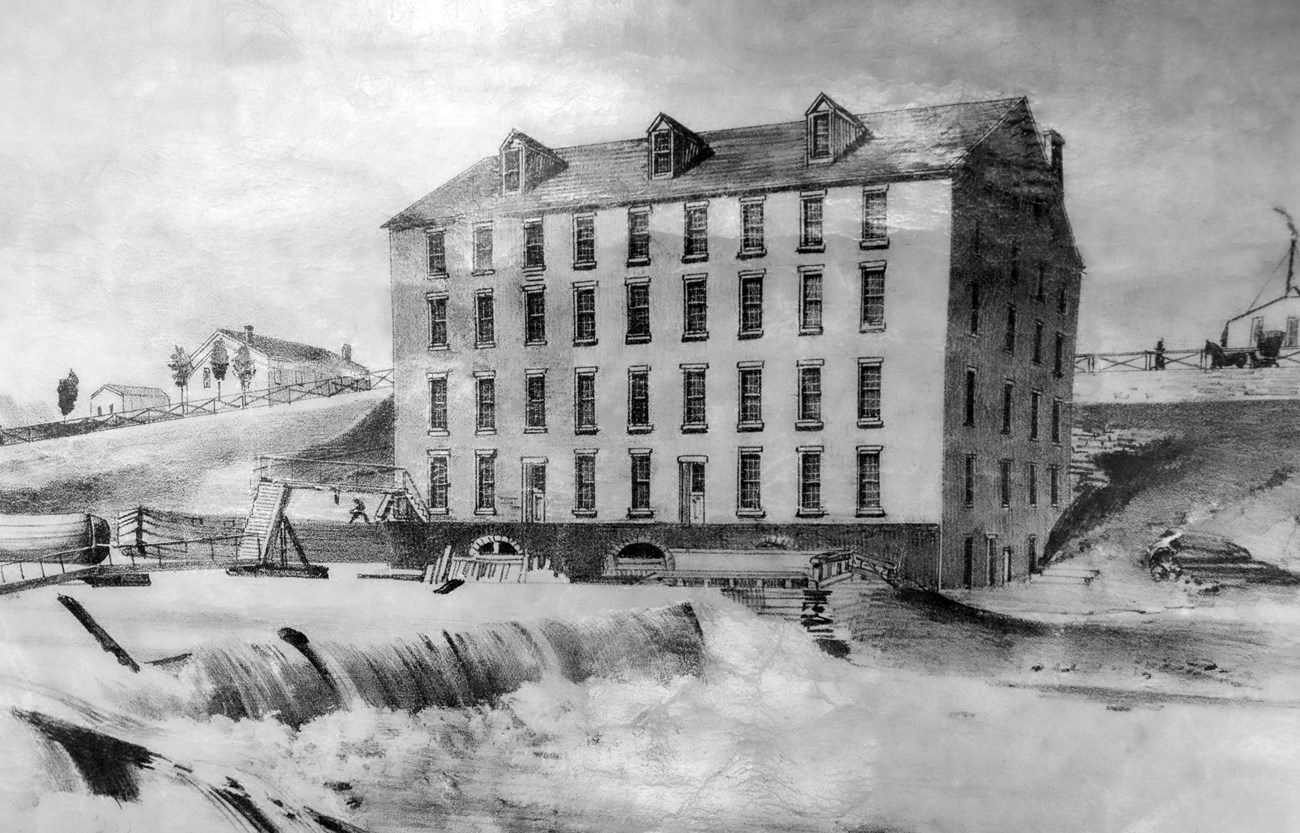Last updated: October 27, 2020
Article
From Indifferent to Cosmopolitan: Transportation and Social Change in Seneca Falls
“Before [the canal packet line], our village was indifferently connected with the outside world....The packet wrought a decided improvement, brought us in close touch with other communities and converted us into a canal town with something of cosmopolitan features." - H. Chamberlain, “Water Transportation and Packet Lines,” Papers Read Before the Seneca Falls Historical Society, 1907.
To some, it may seem surprising that Seneca Falls, a relatively small community in western New York, served as the site of the First Women’s Rights Convention and the start of the formal women’s rights movement. People in the nineteenth century, however, would have recognized Seneca Falls and western New York as a hotbed of reform activity and a plausible location for the start of a major social movement, thanks to advancements in transportation that spurred community growth and the rapid exchange of ideas.

Seneca Falls Historical Society
Seneca Falls sprang up along a section of the Seneca River marked by a series of rapids. A canal to improve river transit by bypassing the waterfalls was built in 1817, supplementing the turnpike road system already in place across the region. The Cayuga-Seneca Canal was not the only water route to be constructed in the area, however. The Erie Canal was completed in 1825, opening a navigable waterway between Albany and Buffalo that ran just a few miles north of Seneca Falls. By 1828, the Cayuga-Seneca Canal linked to the Erie Canal, connecting Seneca Falls with the region, the state, the nation, and beyond.
These transportation networks, along with the railroad that was completed through the area in the early 1840s, fostered the movement of people, goods, and ideas through western New York and Seneca Falls. Newspapers and mail carried on the turnpikes, canals, and railroads communicated the news of the day and helped Seneca Falls residents stay up-to-date with major events happening around the country. Word of emerging social and cultural philosophies, theories, and movements reached even the most rural communities. Travelers also disseminated these new ideas as they moved about the region. Western New York became known as the “Burned-over District” during the Second Great Awakening in the early 1800s as the metaphorical fires of religious revival ignited throughout the countryside, thanks to itinerant preachers traversing the area to circulate their message. Reform lecturers also utilized new and improved transportation networks to travel the country to promote their causes, including abolition, temperance, and, eventually, women’s rights.
By the time Elizabeth Cady Stanton moved to Seneca Falls in 1847, the community, including the women who later became organizers of the First Women's Rights Convention, was already active in various reforms, making it easier for a movement focused on women’s rights to take hold. Various modes of transportation brought an estimated 300 attendees of the First Women’s Rights Convention to the Wesleyan Chapel in Seneca Falls on July 19 and 20, 1848. The convention body adopted the Declaration of Sentiments, which boldly asserted that “all men and women are created equal” and called for equal rights for women, including access to the elective franchise—the right to vote.
The convention in Seneca Falls paved the way for the organization of other women’s rights conventions and sparked the beginning of the formal women’s rights movement.
